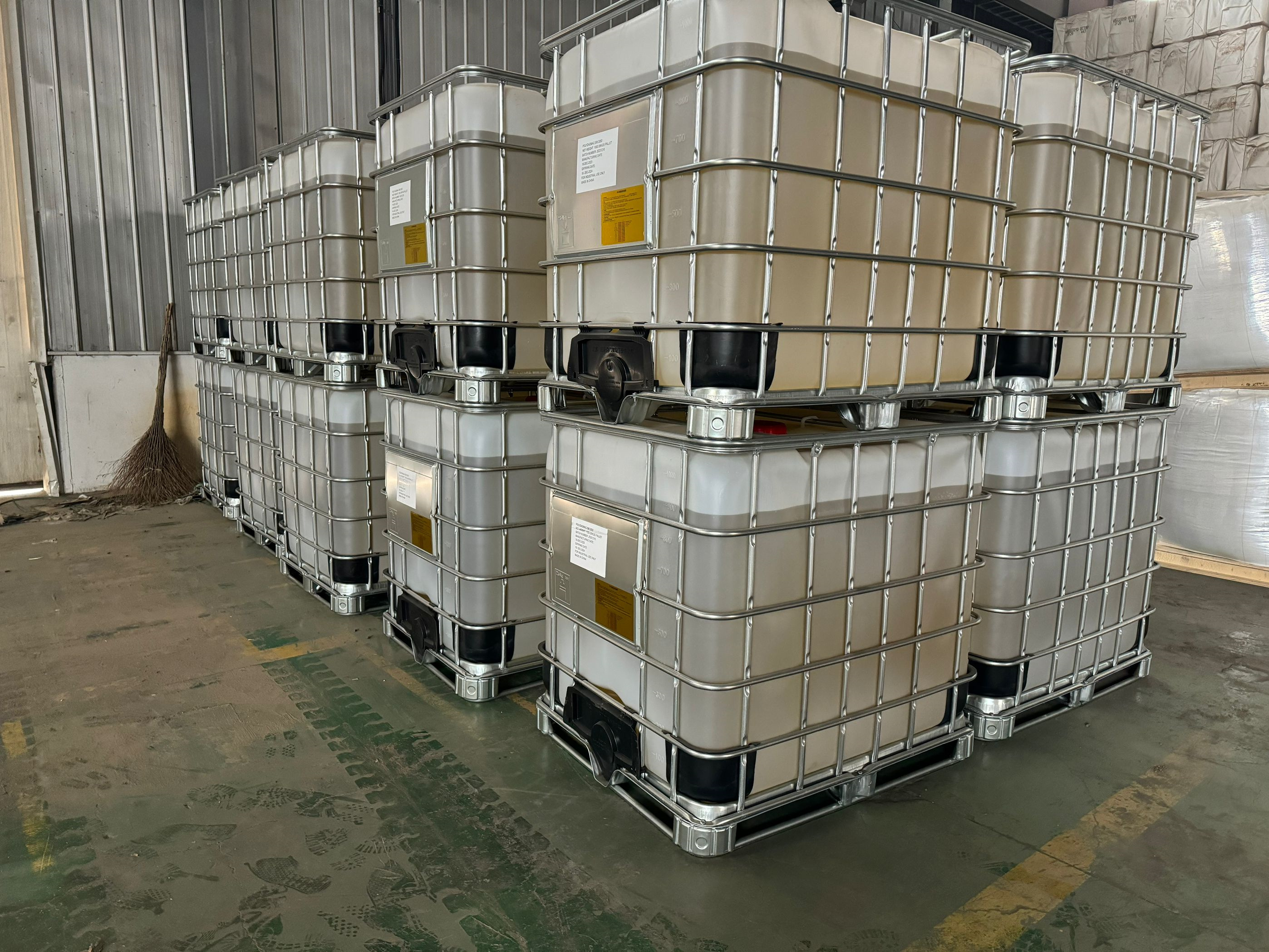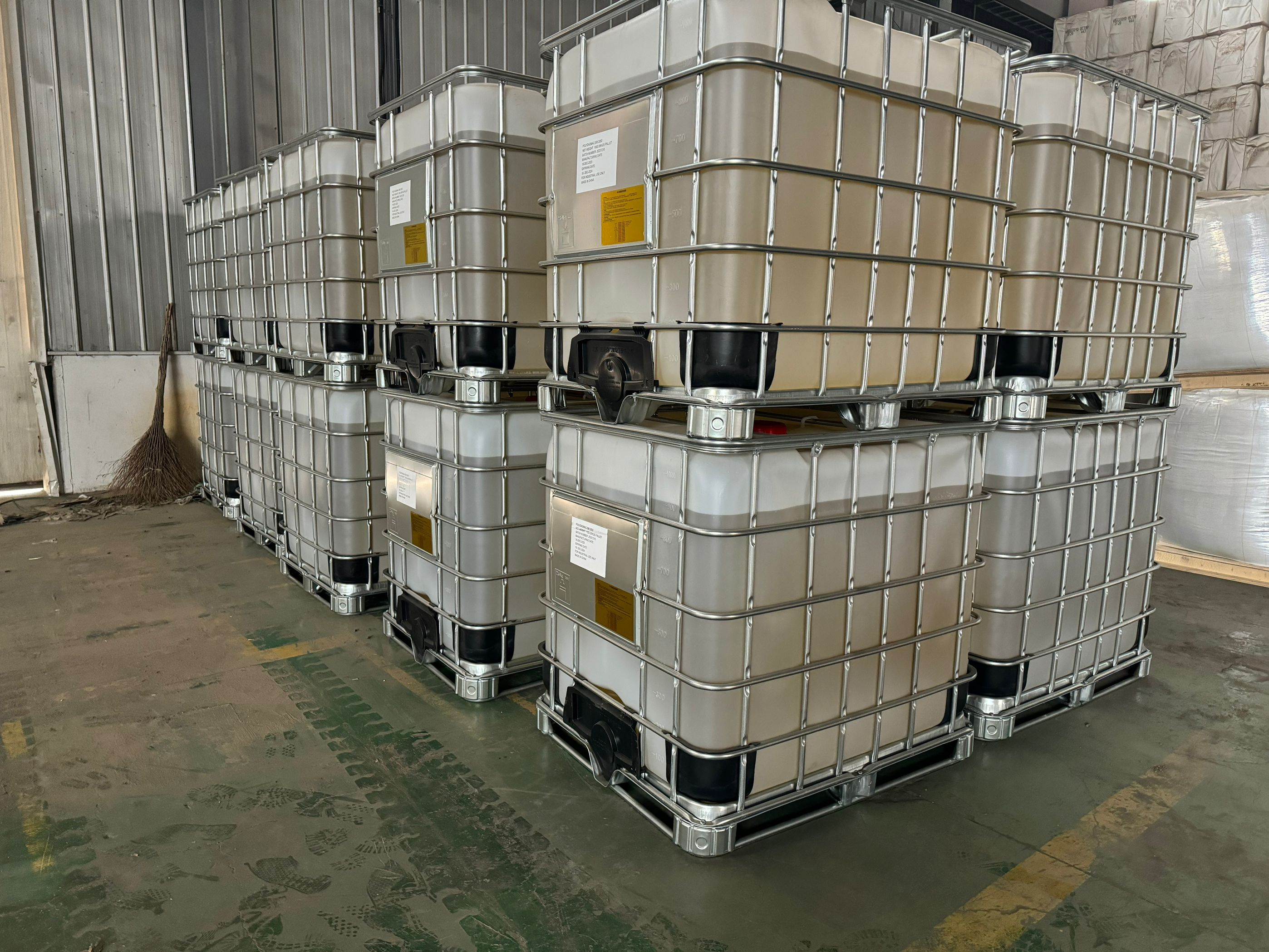anionic polyacrylamide of flopam 235 flopam430 can replaced by Asiafloc
Material
- am acrylic acid
Color
- white granular
Application
- water treatment ,mineral processing
Certificate
- ISO9001 ,ISO14001
Place of Origin
- China
Other Names
- PAM ,flocculant
CAS No
- 9003-05-8
Brand Name
- asiafloc
Usage
- water treatment ,mineral processing
anionic polyacrylamide of flopam 235 flopam430 can replaced by Asiafloc
anionic polyacrylamide of flopam 235 flopam430 are two models with 3-5% hydrolysis degree and 10% hydrolysis degree ,Asiaafloc A0310 asiafloc A1012 can replace of them with good performance.
Anionic polyacrylamide (APAM) is a widely used water-soluble polymer with numerous applications across various industries. Its unique properties make it a versatile and effective solution for various processes, particularly where water treatment, flocculation, and thickening are required. Below is a comprehensive discussion on the main applications of anionic polyacrylamide, ensuring its mention at least 20 times and maintaining a word count of at least 1500 words.
1. Water Treatment
Municipal Water Treatment
Anionic polyacrylamide is extensively used in municipal water treatment facilities. It serves as an effective flocculant to remove suspended solids, colloids, and other impurities from water. During the coagulation and flocculation process, anionic polyacrylamide helps aggregate fine particles into larger flocs, which can then be easily removed by sedimentation or filtration. This process is crucial for producing clean and safe drinking water.
Wastewater Treatment
In wastewater treatment plants, anionic polyacrylamide is employed to treat industrial and municipal wastewater. It aids in the removal of organic and inorganic contaminants, including heavy metals, phosphates, and other pollutants. By enhancing the flocculation and sedimentation processes, anionic polyacrylamide ensures that the treated effluent meets environmental standards before being discharged into natural water bodies.
1.3 Sludge Dewatering
Anionic polyacrylamide is also used in sludge dewatering processes in wastewater treatment plants. It helps in conditioning the sludge, facilitating the separation of water from the solid components. This results in a significant reduction in the volume of sludge, making it easier to handle and dispose of. The improved dewaterability of sludge leads to cost savings and operational efficiency.
2. Paper and Pulp Industry
Retention and Drainage Aid
In the paper and pulp industry, anionic polyacrylamide is used as a retention and drainage aid. During the papermaking process, it improves the retention of fibers, fillers, and fines on the paper machine wire. By enhancing the interaction between the pulp components, anionic polyacrylamide ensures better formation, increased paper strength, and reduced loss of valuable materials.
Paper Sizing
Anionic polyacrylamide is also utilized in paper sizing applications. It enhances the paper's resistance to water and other liquids, improving its printability and durability. The use of anionic polyacrylamide in paper sizing contributes to the production of high-quality paper products suitable for various applications, including packaging, printing, and writing.
3. Oil and Gas Industry
Enhanced Oil Recovery
In the oil and gas industry, anionic polyacrylamide is used in enhanced oil recovery (EOR) processes. It is injected into oil reservoirs to increase the viscosity of the displacing water, improving the efficiency of oil displacement and extraction. Anionic polyacrylamide helps in reducing the mobility ratio between water and oil, leading to improved sweep efficiency and higher oil recovery rates.
Drilling Fluids
Anionic polyacrylamide is a crucial component of drilling fluids used in oil and gas exploration. It acts as a viscosifier, helping to maintain the stability and rheological properties of the drilling mud. By providing adequate viscosity, anionic polyacrylamide ensures efficient cuttings transport, hole cleaning, and wellbore stability during drilling operations.
Fracturing Fluids
In hydraulic fracturing, anionic polyacrylamide is used as a thickening agent in fracturing fluids. It helps in creating high-viscosity fluids that can effectively transport proppant into the fractures created in the rock formation. This ensures that the fractures remain open, allowing for the efficient extraction of oil and gas from the reservoir.
4. Mining Industry
Mineral Processing
Anionic polyacrylamide is widely used in mineral processing operations. It acts as a flocculant to enhance the separation of valuable minerals from gangue materials. By promoting the aggregation of fine particles, anionic polyacrylamide improves the efficiency of solid-liquid separation processes such as flotation, sedimentation, and filtration. This results in higher recovery rates and better concentrate grades.
Tailings Management
In the mining industry, managing tailings is a significant challenge. Anionic polyacrylamide is used to treat tailings slurry, facilitating the dewatering and consolidation of tailings. This helps in reducing the volume of tailings, improving the stability of tailings storage facilities, and minimizing the environmental impact of mining operations.
5. Agriculture
Soil Conditioning
Anionic polyacrylamide is used in agriculture as a soil conditioner. It helps in improving soil structure, increasing water infiltration, and reducing soil erosion. By enhancing the aggregation of soil particles, anionic polyacrylamide promotes better root development and nutrient availability, leading to improved crop yields and sustainable farming practices.
Irrigation Water Treatment
In agricultural irrigation, anionic polyacrylamide is used to treat irrigation water. It helps in removing suspended solids and organic matter, ensuring that the water used for irrigation is of high quality. This prevents clogging of irrigation systems and promotes uniform water distribution, leading to healthier crops and efficient water use.
6. Textile Industry
Dye Wastewater Treatment
In the textile industry, anionic polyacrylamide is used for treating dye wastewater. It helps in the removal of dye particles, suspended solids, and other contaminants from the wastewater generated during the dyeing and finishing processes. By improving the efficiency of coagulation and flocculation, anionic polyacrylamide ensures that the treated wastewater meets environmental discharge standards.
Fabric Printing and Finishing
Anionic polyacrylamide is also used in fabric printing and finishing processes. It acts as a thickening agent in printing pastes, providing the desired viscosity for uniform color application. Additionally, anionic polyacrylamide improves the adhesion of dyes and finishes to the fabric, resulting in high-quality printed and finished textiles with excellent durability and appearance.
7. Food and Beverage Industry
Clarification of Juices and Beverages
In the food and beverage industry, anionic polyacrylamide is used for the clarification of juices and other beverages. It helps in removing suspended solids, turbidity, and other impurities, resulting in clear and visually appealing products. The use of anionic polyacrylamide ensures that the final beverages meet quality standards and have a longer shelf life.
Water Treatment for Food Processing
Anionic polyacrylamide is also used in water treatment processes for food processing. It ensures that the water used in food production is free from contaminants, improving the safety and quality of food products. This is particularly important in industries such as dairy, meat processing, and beverage production, where water quality is critical.
8. Construction Industry
Concrete Admixtures
In the construction industry, anionic polyacrylamide is used as an admixture in concrete. It enhances the workability and strength of concrete by improving the dispersion of cement particles and reducing water demand. This results in stronger, more durable concrete structures with improved performance characteristics.
Soil Stabilization
Anionic polyacrylamide is also used for soil stabilization in construction projects. It helps in improving soil structure, reducing soil erosion, and enhancing the load-bearing capacity of soil. This is particularly important in road construction, embankment stabilization, and other geotechnical applications.
9. Personal Care and Cosmetics
Hair Care Products
In personal care and cosmetics, anionic polyacrylamide is used in hair care products such as shampoos, conditioners, and styling gels. It acts as a conditioning agent, providing improved manageability, softness, and shine to hair. Anionic polyacrylamide also helps in reducing static electricity and frizz, making hair easier to style and maintain.
Skin Care Products
Anionic polyacrylamide is also used in skin care formulations as a film-forming agent. It forms a thin, protective layer on the skin, enhancing moisturization and providing a smooth, silky feel. This makes it a valuable ingredient in lotions, creams, and other skin care products.
10. Chemical Industry
Emulsion Polymerization
In the chemical industry, anionic polyacrylamide is used as a stabilizer in emulsion polymerization processes. It helps in maintaining the stability of emulsions, preventing phase separation and ensuring uniform polymerization. This results in high-quality polymer products with consistent properties.
Industrial Cleaning
Anionic polyacrylamide is also used in industrial cleaning formulations. It enhances the effectiveness of cleaning agents by improving the removal of dirt, grease, and other contaminants. This makes it a valuable ingredient in industrial detergents, degreasers, and other cleaning products.






